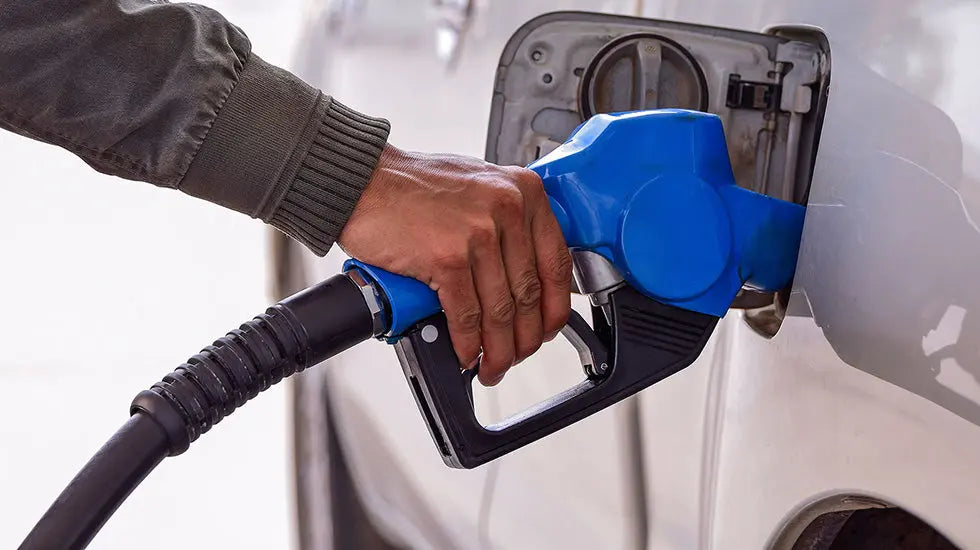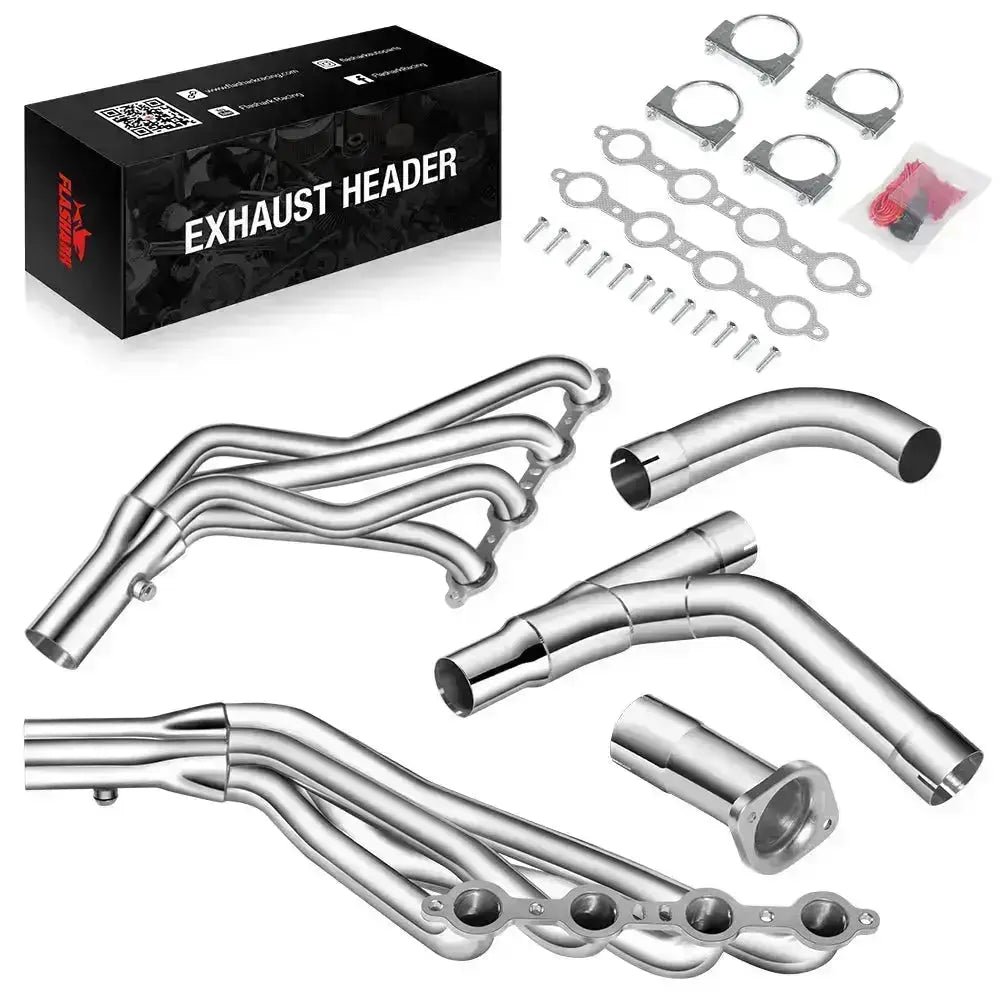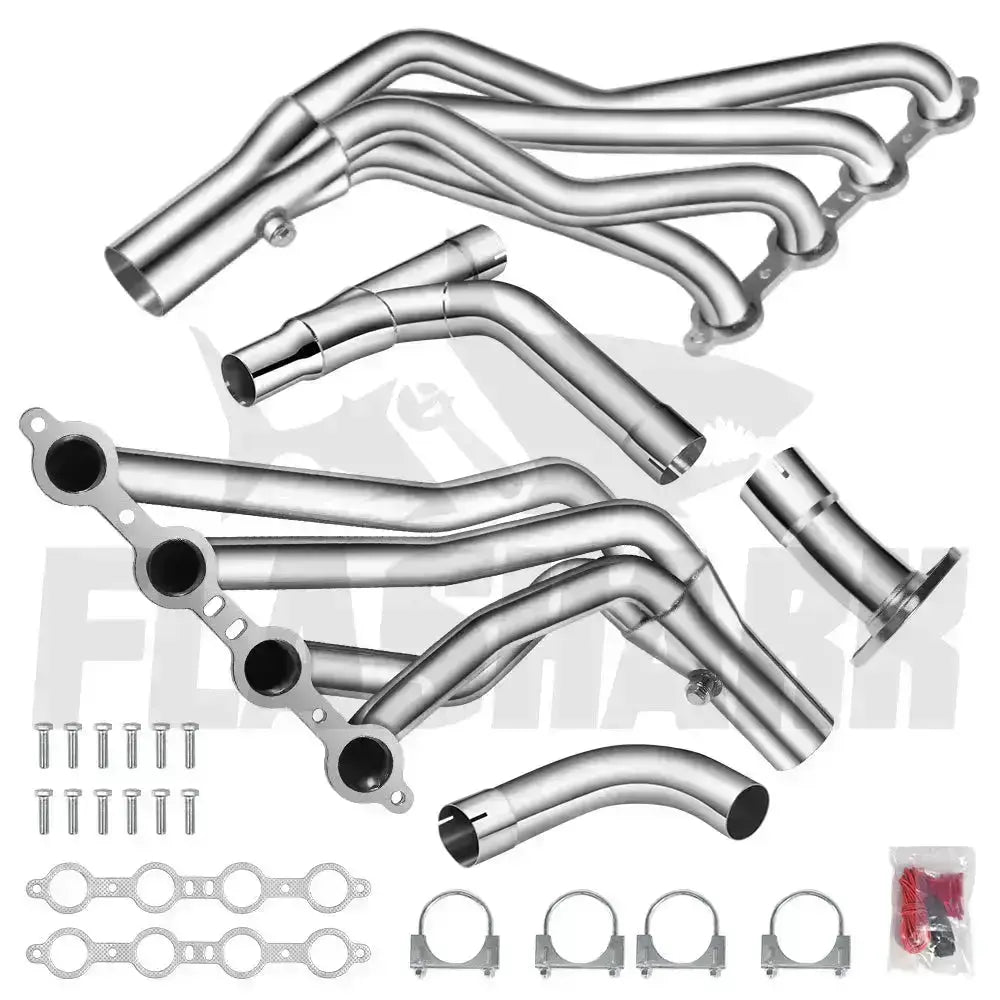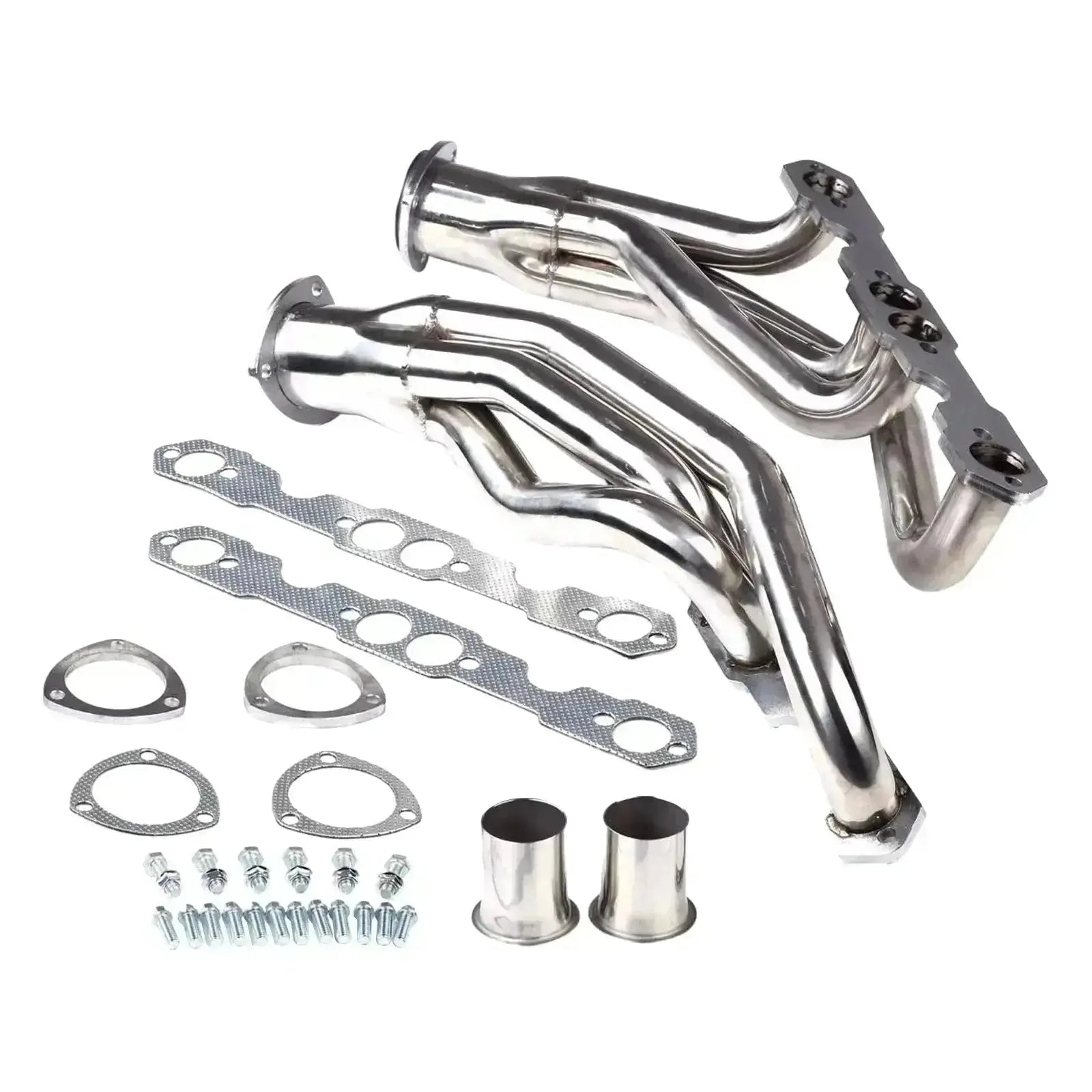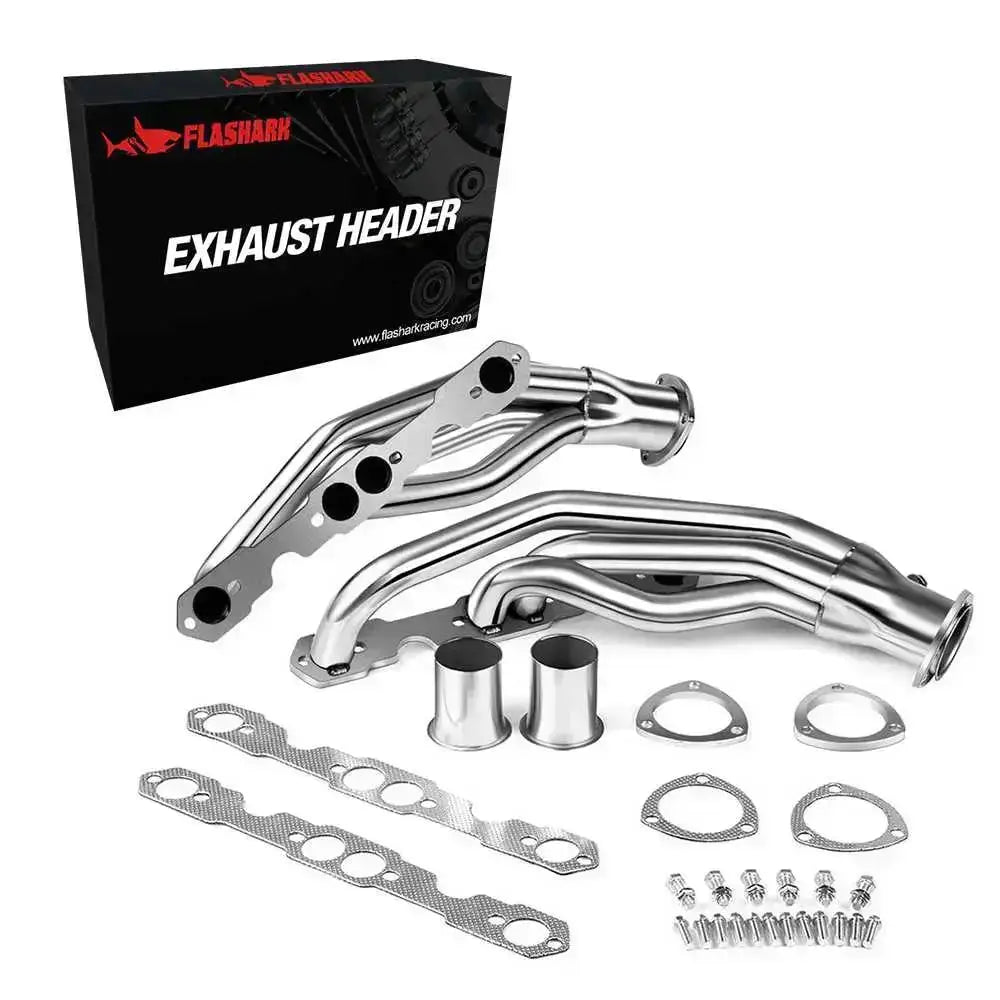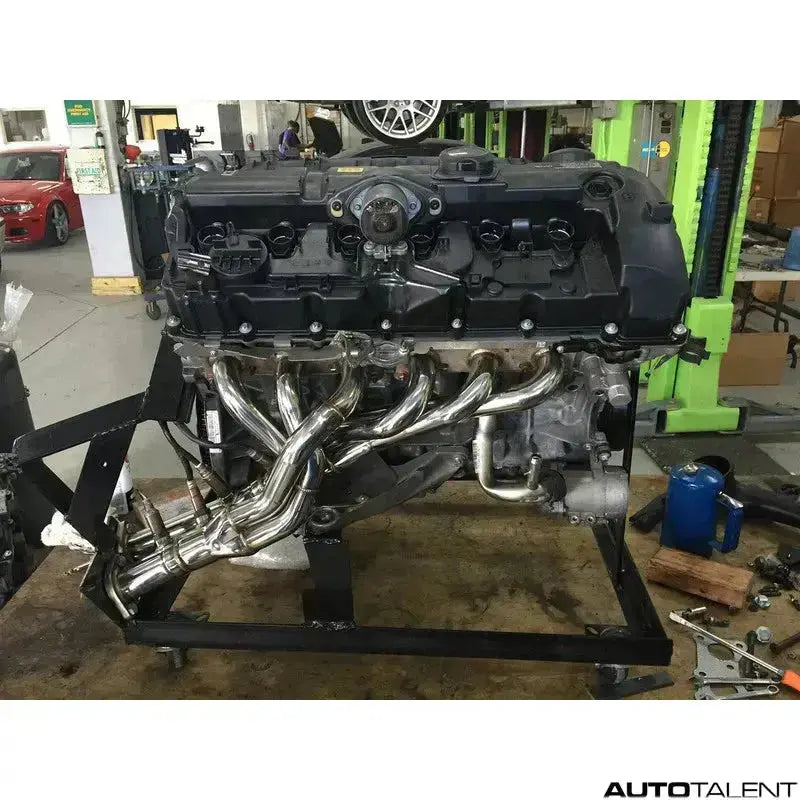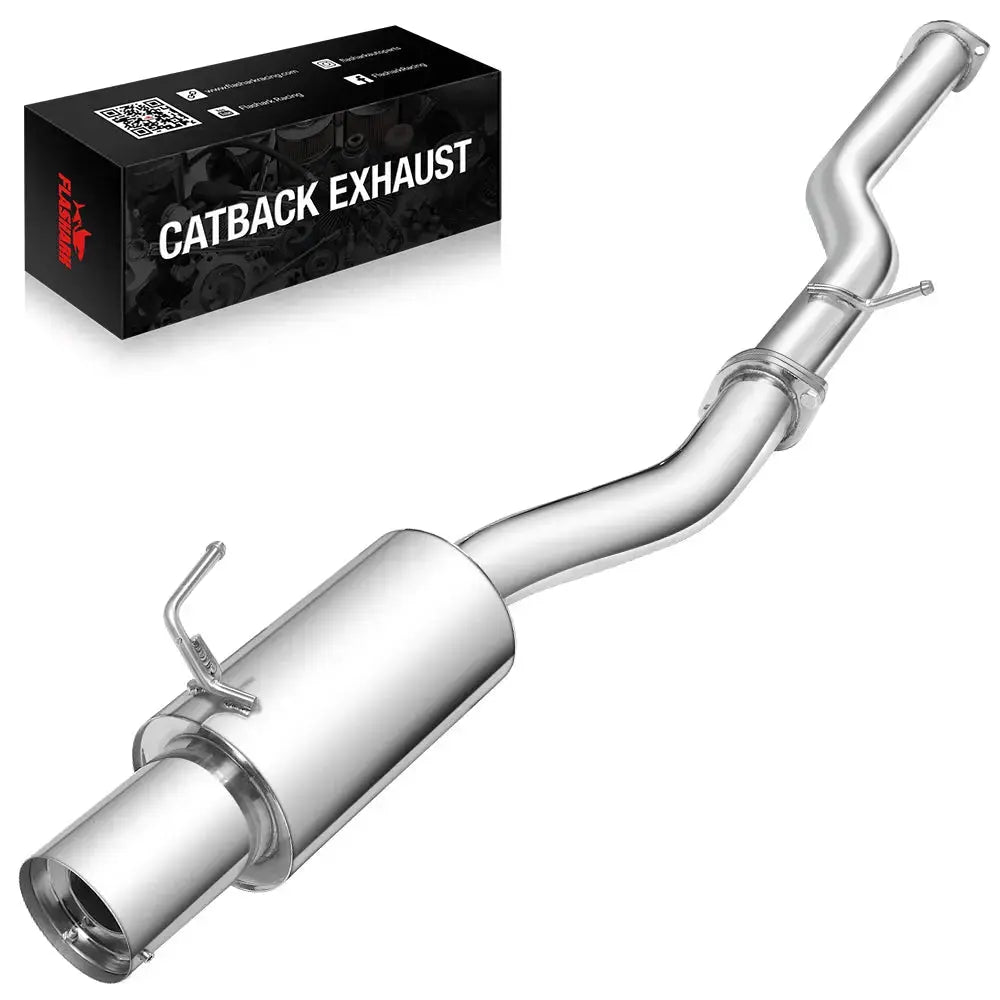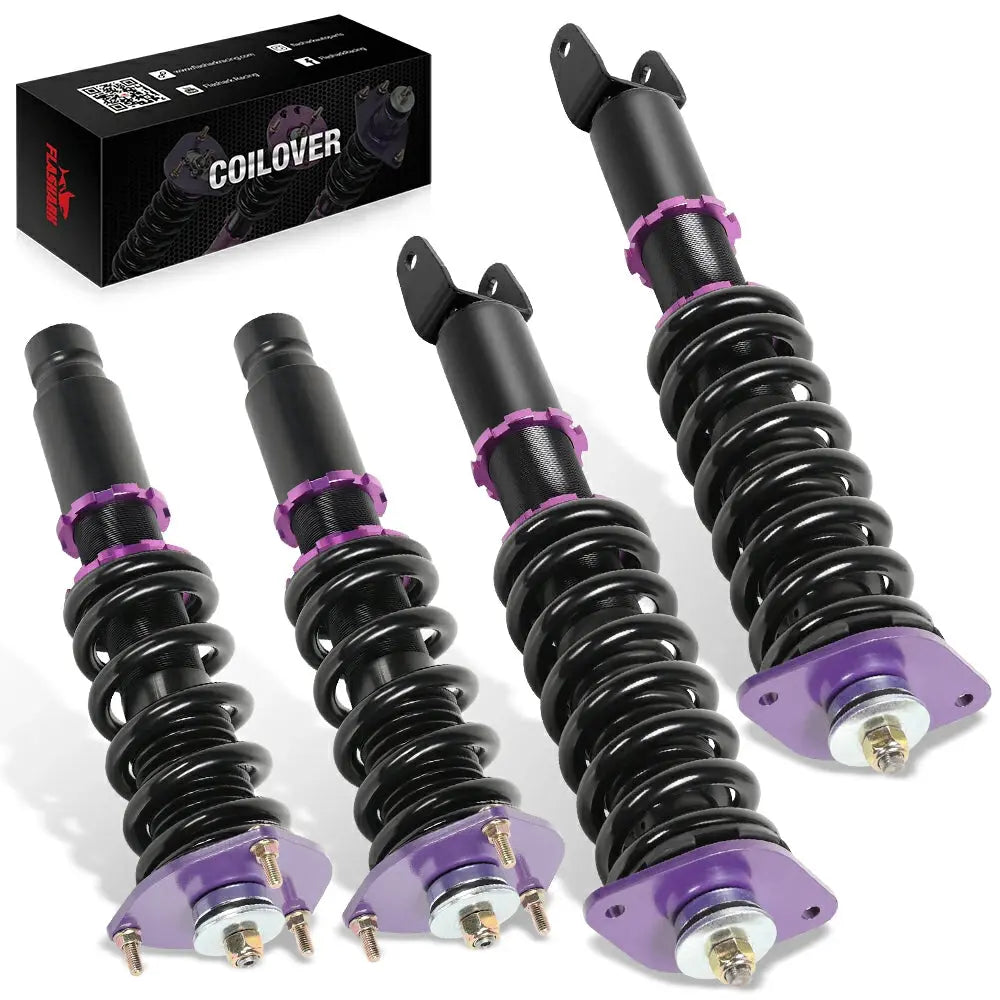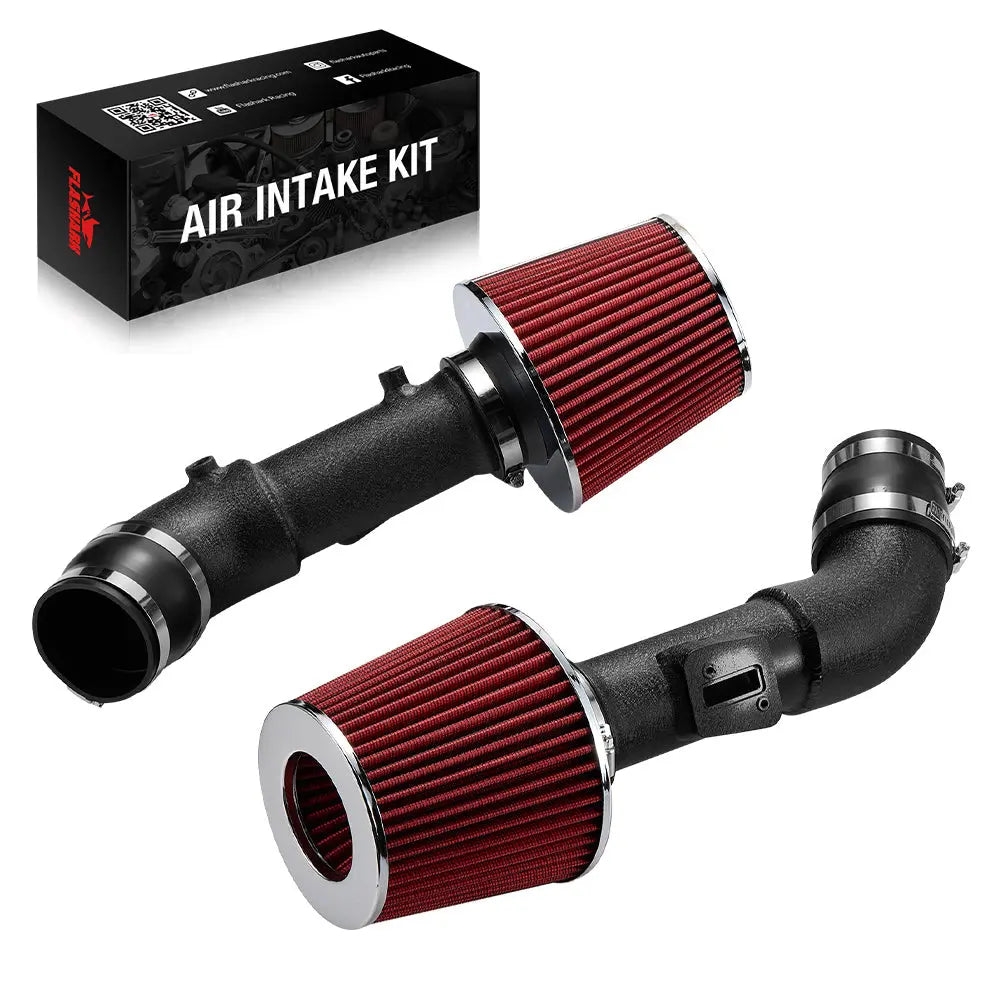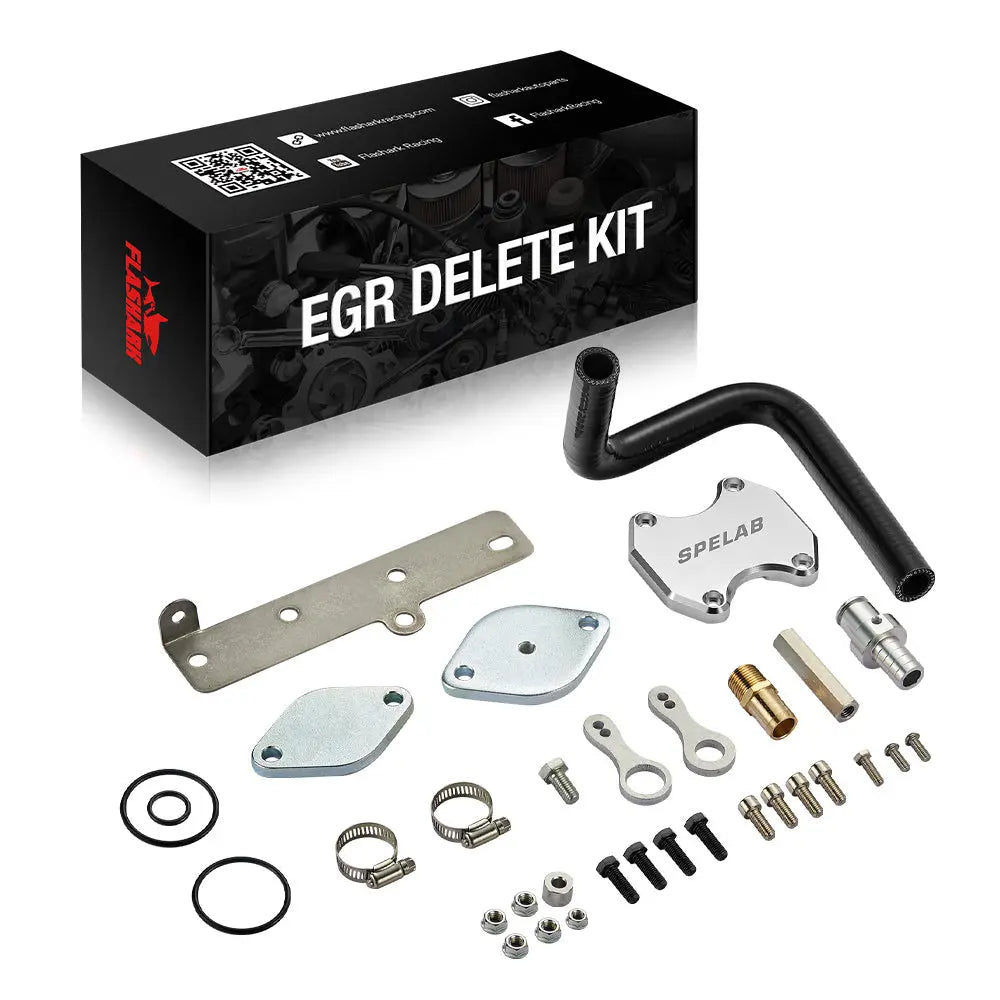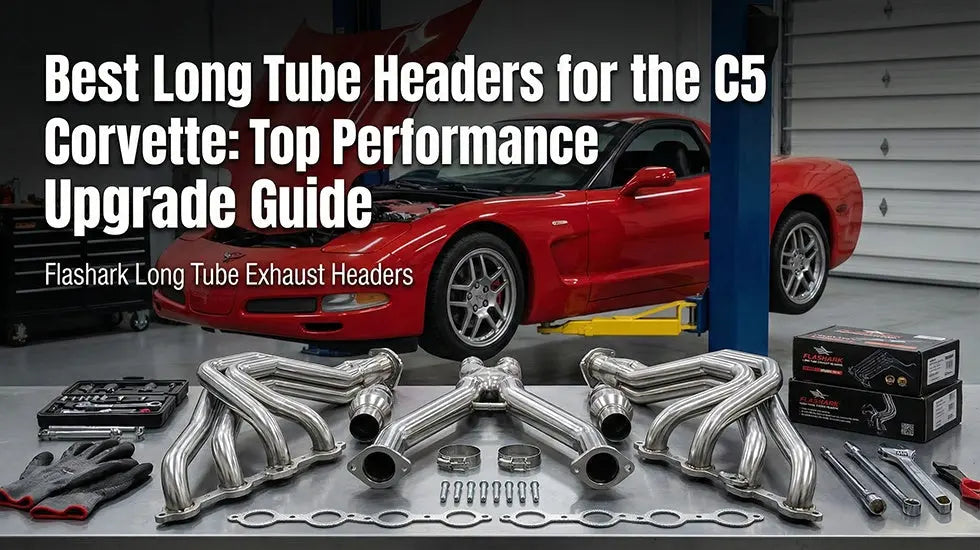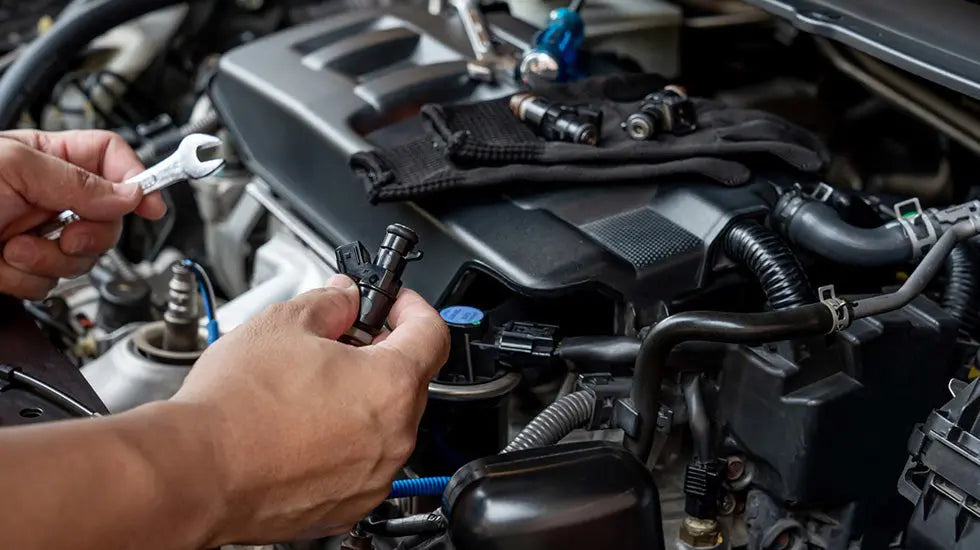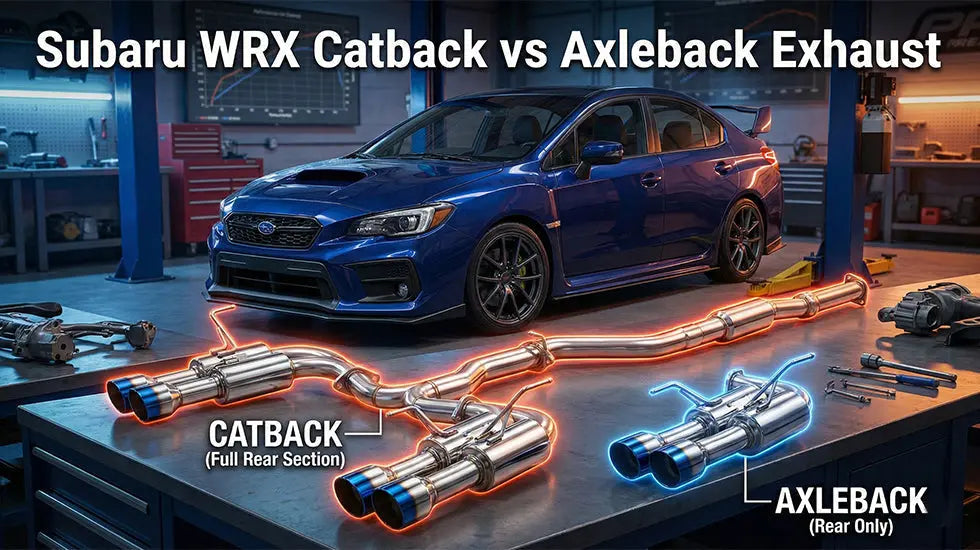As fossil fuel reserves deplete rapidly, and fuel prices continue to soar, improving fuel economy has become increasingly essential. Whether you're looking to save money at the gas pump or reduce your environmental impact, improving your vehicle's fuel efficiency is a smart choice. In this article, we will provide practical advice to help you optimize fuel consumption, save money, and extend your car's lifespan.
Why Fuel Economy Matters
Fuel economy refers to the distance a vehicle can travel on a given amount of fuel, typically measured in miles per gallon (MPG). With natural resources becoming scarcer and fuel prices continuing to rise, improving fuel economy not only helps reduce costs but also lowers your carbon footprint and contributes to a cleaner environment. Whether you're commuting, taking a road trip, or simply running errands, every drop of fuel saved makes a difference.
Key Factors That Affect Fuel Economy
While a car's design and engine technology play a critical role in fuel efficiency, driving habits also have a significant impact on fuel consumption. Let's look at some common habits that affect your fuel economy and learn how to improve them.

1. Aggressive Acceleration and Braking
When you accelerate rapidly or brake abruptly, the engine requires more fuel to deliver the sudden surge of power. This leads to unnecessary fuel consumption. To avoid this, try to accelerate and decelerate smoothly. A gradual acceleration and braking pattern not only saves fuel but also reduces wear on your brakes and tires.
By adopting a smooth driving style, you can significantly reduce fuel consumption while increasing the lifespan of your car’s components.
2. High-Speed Driving
While it might be tempting to drive fast on open roads, high-speed driving increases air resistance, forcing the engine to work harder to overcome that resistance. This extra effort results in more fuel being consumed.
Driving at speeds above 65-70 mph can reduce fuel efficiency by as much as 15% compared to driving at 65 mph. Therefore, sticking to a moderate speed range (65-70 mph) is crucial for maintaining optimal fuel efficiency. High-speed driving not only wastes fuel but also poses a safety risk.
3. Frequent Speeding Up and Slowing Down
Constantly changing your speed — speeding up and then braking — forces the engine to constantly adjust, which consumes more fuel. This is particularly common in heavy traffic or on city streets.
Using cruise control on highways helps maintain a steady speed, reducing the need for frequent acceleration and braking. This can significantly improve fuel efficiency, especially on flat roads.
4. Carrying Excess Weight
It’s easy to accumulate extra items in your car, like spare tires or tools, but carrying unnecessary weight increases the demand on the engine. The heavier your vehicle, the more fuel it needs to move.
Remove any items you don't frequently use from your vehicle. This will lighten the load and help improve fuel efficiency.
5. Idling for Long Periods
Whether you're stuck in traffic or waiting for someone, leaving your engine running while idle wastes fuel. If you're planning to be stopped for more than a minute, it's better to turn off your engine rather than idling.
By shutting off your engine during extended stops, you save more fuel than you would by keeping it running. Modern cars even come equipped with a start/stop feature to help save fuel in these situations.
Tips for Improvement in Fuel Efficiency
In a world where fuel prices are hitting the roof, wasting gas is not an option anymore. Here are a few tips to reduce your visit to the gas station.
Routine Engine Maintenance
Everything that is built here on earth needs to be maintained to perform better and last longer. The same goes for your car. A well-maintained car that has a top-notch engine will always have an improved fuel -economy.
If you want to see an improvement in fuel economy, you should take your vehicle for servicing every 6 months or as recommended by the company. If you have to replace any components, replace them without a second thought. It will cut your costs in the long run.
Intake System Optimization
The air intake system is basically the air filter. Its basic function is to filter dust, pollen, and other contaminations from the air entering the engine.
This clogs the filter and reduces the amount of air making its way into your engine. As a result, it will lower the oxygen supply to the combustion process. In such situations, the engine may start consuming much fuel instead of air, hence leading to poor fuel economy.
You can also opt for the installation of a cold air intake system to get higher fuel economy. Cold air intakes are types of aftermarket modifications that give significant improvements in the performance of the engine as well as improve fuel economy.
Exhaust System Upgrade
The fuel economy in a vehicle starts right from the exhaust system. The better the exhaust, the better the performance, and the better the fuel efficiency.
Always try to keep the exhaust in good order. When at a service center, pay attention to leakage. More than any other component, an exhaust system is prone to leakage.
If you want to take the game up several notches, then you can even upgrade with after-market exhaust systems. However, do keep legal considerations in mind. Many jurisdictions have very strict noise regulations and emission standards.
Fuel System Upgrades
Speaking of fuel efficiency, the second important component is the fuel system. The two components that control fuel consumption in the fuel system are the fuel injectors and the fuel pump.
In other words, the injector is responsible for measuring how much fuel reaches the combustion chamber. The fuel pump refers to any sort of fuel delivery pump that forwards fuel to the engine at very high pressure.
Most modern cars have these features. If your car does not have one you can always upgrade the fuel system and these components for better fuel economy. Keep in mind, once you install these components you should give it a periodic checkup and maintenance.
Check the Cooling System
The cooling system takes responsibility for maintaining the temperature of the entire engine system at the appropriate level. Some of its parts are coolant, thermostat, and radiator.
Any damage, leak, or accumulation of debris in this component can hinder the engine and fuel economy. Therefore, you are supposed to check on the coolant, change the thermostat whenever advised, and take a look at the radiator where possible.
This will ensure that the old coolant and any contamination within the cooling system gets flushed out. Equally, the fan belt should be checked for wear.
Vehicle Upgrades to Boost Fuel Economy
Aside from improving driving habits and maintaining your vehicle, certain upgrades can significantly enhance fuel efficiency. Here are some popular modifications that can help improve MPG:
Tire Selection and Pressure
Tires play a crucial role in fuel economy. Low rolling resistance tires reduce the effort needed for your car to move, which can improve fuel efficiency. Regularly check your tire pressure to ensure it matches the manufacturer’s recommendations. Underinflated tires create more rolling resistance, while overinflated tires can lead to a bumpy ride.
Maintain proper tire pressure and consider switching to low rolling resistance tires for improved fuel efficiency.
Aerodynamic Enhancements
The design of your vehicle can also impact fuel efficiency. Cars that are more aerodyna experience less air resistance, making it easier for the engine to maintain speed without consuming excessive fuel.
If your vehicle is not optimized for aerodynamics, consider adding aerodynamic kits or roof racks to reduce drag and improve fuel efficiency.
ECU Tuning
For car enthusiasts looking for a more advanced solution, ECU (Engine Control Unit) tuning allows you to optimize the fuel injection and ignition timing for improved fuel efficiency. By fine-tuning your vehicle's "brain," you can enhance its performance and MPG.
If you're interested in performance tuning, ECU remapping is an option worth considering to boost fuel economy while maximizing power.
Quality Products Matter
Every time replacing any part of a vehicle, go for the best high-performance parts. If the after-market parts look more promising than they are worth, then the company's recommended parts.
Optimized components provide more fuel efficiency, more horsepower, and torque, and are durable compared to traditional parts.
Following is the list of products used to improve fuel economy.
- High-Flow Air Filter- As the name would suggest, this type of aftermarket filter allows more air to reach the engine combustion chamber.
- Performance Exhaust System - Installing an exhaust header reduces back pressure, improves engine breathing and enhances exhaust flow.
- Cold Air Intake - This replaces the restrictive factory air intake with a high-flow system.This would, in turn, permit cooler, denser air to reach the engine.
- Performance Ignition System - Higher-performance spark plugs ensure a more efficient burn which in turn will provide improved fuel economy.
- Fuel Injectors - Accurate delivery of fuel can provide increased fuel economy and engine performance.
- Fuel Pump - A high-flow fuel pump delivers adequate fuel supply to the engine, especially under high-demand conditions.
Drive More with Less Fuel
Each drop of fuel saved means less emissions and a lighter carbon footprint-you are contributing to cleaner air and a healthier environment for all.
First, analyze your driving and make the necessary adjustments. Second, some of the tips listed in this article will go a long way in ensuring that you do not run into problems. Be sure to catch any problems as early as possible and stick to scheduled maintenance times.
Of course, you can upgrade to aftermarket performance parts anytime, for which you can visit Flasharkracing for any kind of vehicle part.

